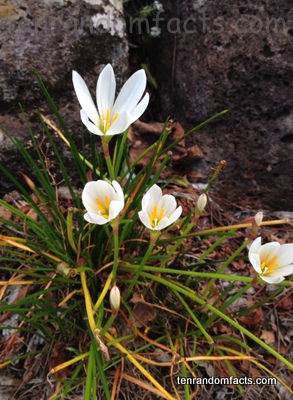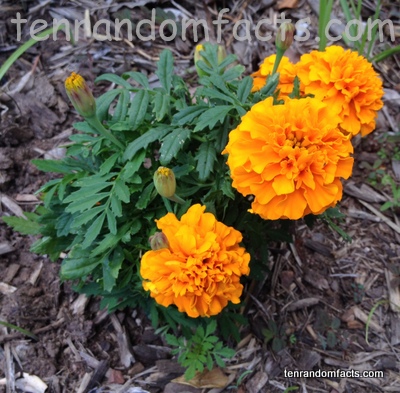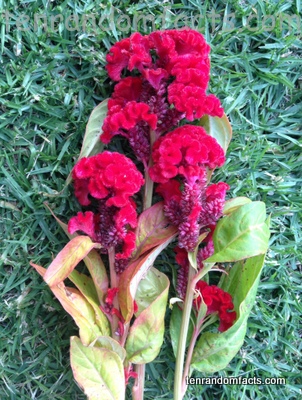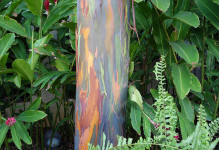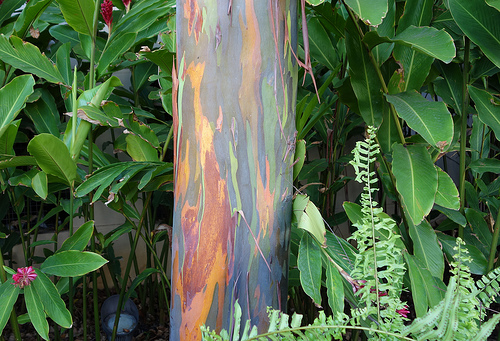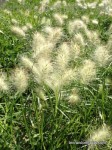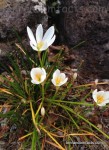
The white rain lily is as calming as rain.
- A white rain lily is a flowering bulb, native to parts of South America.
- White rain lilies have the scientific name Zephyranthes candida and are one of the 71 rain lily species.
- White rain lilies are from the family Amaryllidaceae, the family of amaryllis, and while the flowers somewhat resemble a crocus, they do not belong to the same family.
- White rain lilies are also known as ‘storm lilies’, ‘fairy lilies’, ‘August rain lilies’, ‘Peruvian swamp lilies’, ‘white zephyr lilies’, ‘white fairy lilies’, ‘autumn crocus’ and ‘autumn zephyr lilies’.
- White rain lilies have white to pale pink coloured flowers that are cup shaped, with petals that are approximately 4 cm (1.6 inches) long, and six long, thick, yellow stamens.
- The best site to grow a white rain lily plant in, is in full sun or partly shaded areas, and they prefer moist soil conditions.
- A white rain lily plant blooms from late summer to autumn, often after rain, hence its name.
- White rain lily plants grow up to 10 to 30 centimetres (6 to 12 inches) in height and have long and skinny green leaves.
- White rain lilies are commonly grown for decorative purposes in gardens, although they have become a weed in some parts of some countries.
- White rain lilies are evergreen and are generally grown as a perennial, although in cold climates they are usually grown as annuals.
Bibliography:
White Rain Lilies (Zephyranthes candida), 2013, Easy to Grow Bulbs, http://www.easytogrowbulbs.com/p-1218-rain-lily-white-zephyranthes-candida.aspx
Zephyranthes candida, 2014, Wikipedia, http://en.wikipedia.org/wiki/Zephyranthes_candida
Zephyranthes candida, n.d, Missouri Botanical Gardens, http://www.missouribotanicalgarden.org/PlantFinder/PlantFinderDetails.aspx?kempercode=c747




